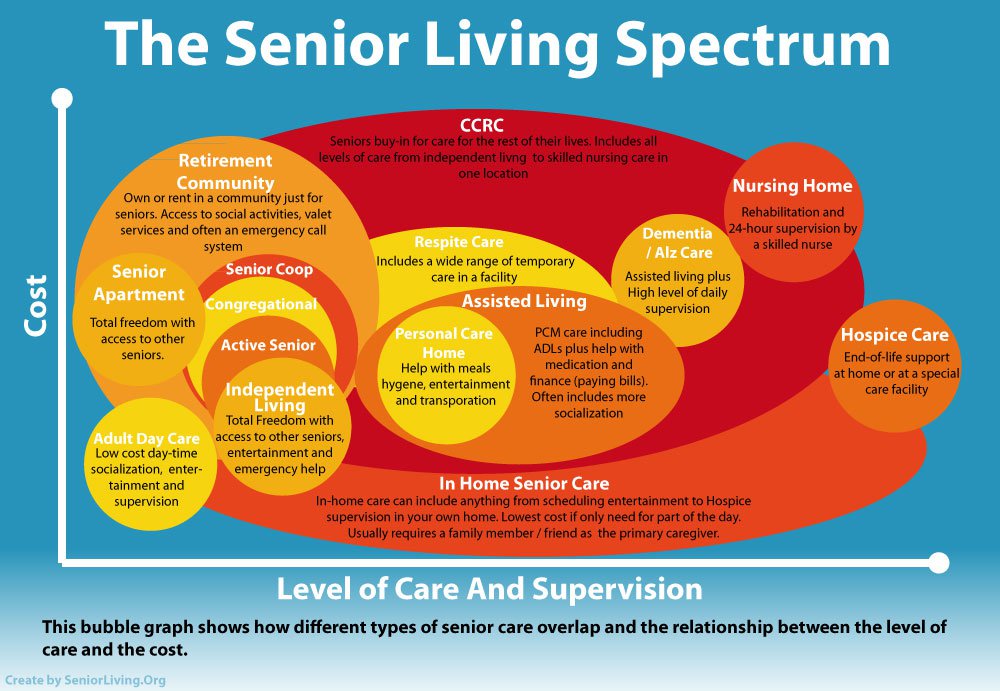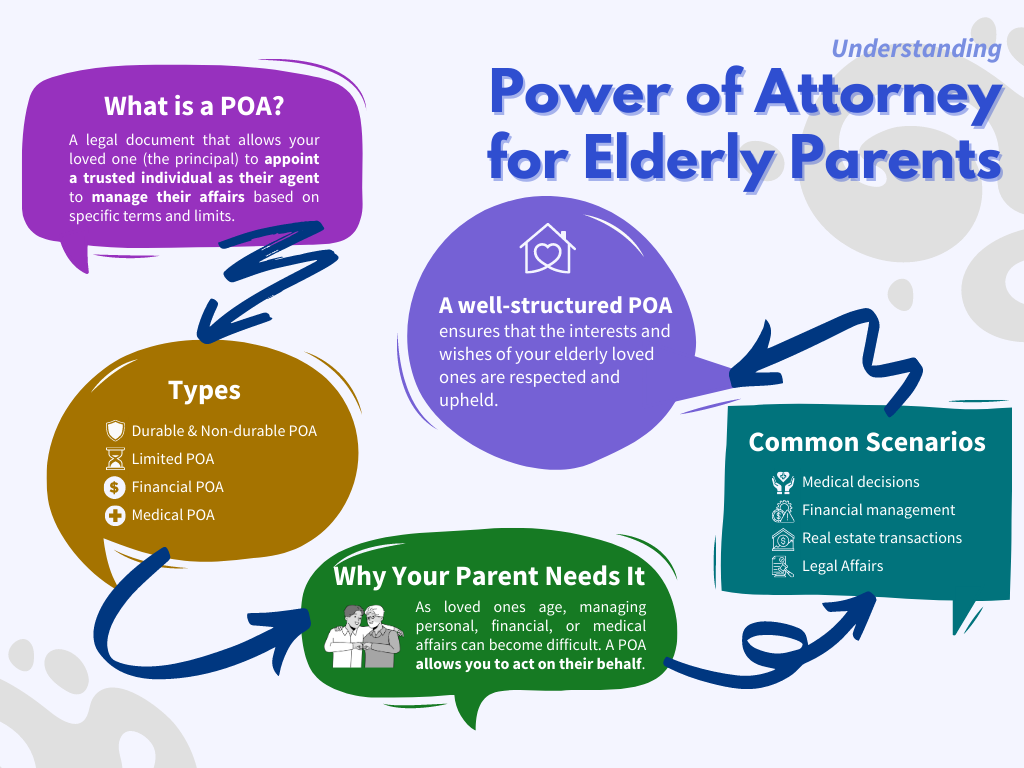Planning for Long-Term Care for Aging Parents

Planning for Long-Term Care for Aging Parents: A Comprehensive Guide
As we navigate the complexities of middle age, one of the most significant challenges many of us face is planning for the long-term care of our aging parents. This process can be emotionally taxing and financially burdensome if not approached thoughtfully. In this article, we will explore the importance of planning ahead, discuss practical steps to take, and highlight the various options available for long-term care.
Introduction to Long-Term Care
Long-term care encompasses a wide range of services designed to support individuals who need assistance with daily activities due to illness, injury, or aging. This care can be provided in various settings, including at home, in assisted living facilities, or in nursing homes .2 .5. As the U.S. population ages, the demand for long-term care services is increasing significantly, with over 70% of seniors requiring some form of long-term care during their lifetime .5 .12.

Why Planning Ahead Matters
Planning for long-term care is crucial for several reasons:
-
Financial Security: Long-term care can be expensive, and without a plan, costs can quickly deplete savings. Planning ahead allows you to explore financing options such as long-term care insurance, Medicaid, or veterans’ benefits .2 .8.
-
Peace of Mind: Knowing that your parents will receive the care they need without causing undue stress or financial strain on the family provides peace of mind .2 .8.
-
Control Over Care Decisions: Planning ahead gives you more control over your parents’ care decisions, ensuring their needs and preferences are met .2.
-
Quality of Life: Proper planning can significantly enhance your parents’ quality of life by ensuring they receive the right care in the most appropriate setting .2.

Steps to Plan for Long-Term Care

1. Open the Dialogue Early
Starting the conversation about long-term care can be challenging, but it’s essential to initiate it early. Approach the topic with sensitivity and empathy, ensuring it’s a two-way dialogue where your parents’ concerns and wishes are heard .3.

2. Assess the Current Situation
Evaluate your parents’ current health status, living environment, social connections, and financial situation. This assessment will help you identify potential future needs and challenges .3.

3. Explore Long-Term Care Options
-
In-Home Care: This involves hiring caregivers to assist with daily tasks in the comfort of your parents’ home.
-
Assisted Living Facilities: These provide a supportive environment with assistance available as needed.
-
Nursing Homes: Offer skilled medical care for those requiring more intensive support.
-
Adult Day Service Centers: Provide social interaction and care during the day while allowing your parents to return home at night .5 .9.

4. Financial Planning
-
Long-Term Care Insurance: Consider purchasing insurance to cover future care costs. Premiums are typically lower if secured while in good health .8.
-
Medicaid and Veterans’ Benefits: Explore government programs that may provide financial assistance for long-term care .8.
-
Annual Reviews: Regularly review your parents’ financial situation and adjust the plan as needed .3.

5. Legal Considerations
-
Power of Attorney: Establish legal documents that allow you to make decisions on your parents’ behalf if they become unable to do so.
-
Living Will: Ensure your parents have a living will that outlines their wishes regarding end-of-life care .9.

Trends in Long-Term Care
The long-term care industry is evolving rapidly, with several trends shaping its future:
-
Technology Integration: Advances in AI, telehealth, and wearable devices are enhancing care delivery and improving resident safety .6.
-
Staffing Challenges: Shortages in caregiving staff are a significant concern, emphasizing the need for innovative solutions .11.
-
Personalized Care: There is a growing focus on providing care that respects individual preferences and needs .6.

Conclusion
Planning for long-term care is a thoughtful and proactive step that ensures your aging parents receive the support they need while maintaining their dignity and quality of life. By understanding the importance of planning, assessing their current situation, exploring care options, and addressing financial and legal considerations, you can navigate this complex process with confidence. Remember, planning ahead not only benefits your parents but also provides peace of mind for you and your family.
Additional Resources:
-
CANHR (California Advocates for Nursing Home Reform): Offers extensive information on nursing homes and residential care facilities.
-
Elder Care Alliance: Provides insights into the importance of long-term care planning.
-
Family Caregiver Alliance: Offers statistics and resources for caregivers.
Final Thoughts:
As we navigate the journey of supporting our aging parents, it’s crucial to approach long-term care planning with empathy, understanding, and foresight. By doing so, we can ensure that our loved ones receive the care they deserve, while also protecting our own well-being and financial stability. Whether you’re just starting this conversation or are well into the planning process, remember that flexibility and ongoing communication are key to creating a plan that truly supports your family’s needs.








